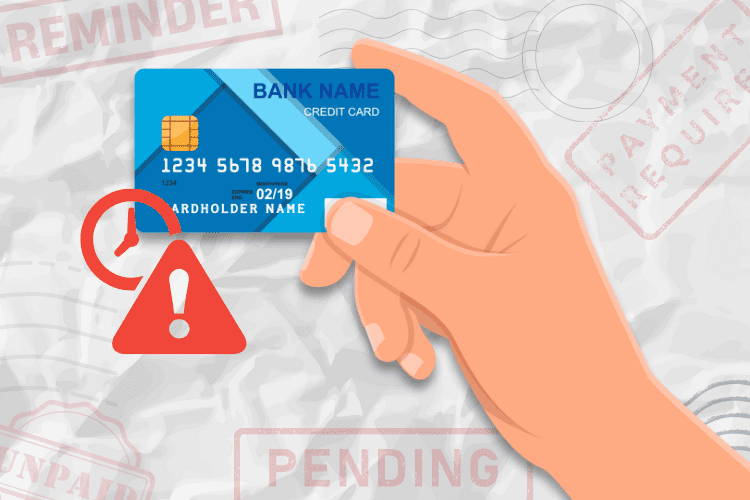10 Mistakes to Avoid for a Successful Roth IRA Journey

Want an easy way to build your retirement nest egg quickly? Investing in a Roth IRA could be a simple gateway to a secure and comfortable retirement.
Besides having tax-free growth and withdrawals, Roth IRAs have historically given users up to 10% in returns each year.
However, you need to think strategically and actively manage your account. Too many new users make serious mistakes that cost them thousands.
To help you get started on the right foot, let’s explore the most common mistakes Roth IRA users make and how to avoid them!
What’s The Average Roth IRA Account Balance By Retirement?
The average Roth IRA account balance varies but mainly covers years of compounded growth and contributions.
Individual balances can range significantly, influenced by factors like the age at which you start, how often you invest, and your investment strategy. As of 2023, the average balance clocks in at $109,000, with Boomers naturally having the highest at $207,800.
10 Common Mistakes Roth IRA Users Make
While Roth IRAs offer incredible benefits, several mistakes can keep you from reaching your retirement goals. Here are ten common errors to be aware of:
1. Not Selecting Your Investments
The best part of having a Roth IRA is the freedom it gives you over your investments. But if you don’t take the time to choose suitable investments, you’re potentially missing out on more opportunities to boost your money further. Always do your homework and have a healthy mix of stocks, bonds, or mutual funds that align with your financial plan.
2. Not Maximizing The Amount When Possible
Most Roth IRAs won’t contribute the maximum amount allowed each year. But if your financial situation allows it, invest the highest amount to take full advantage of the tax-free growth and withdrawal benefits these plans offer. For 2024, the contribution limit is $7,000, or $8,000 if you’re 50 or older.
3. Cashing Out Too Early
Barring a few exceptions, withdrawing funds from your Roth IRA before retirement age can lead to penalties while diminishing the potential for compound growth. For example, taking out your earnings before age 59 1⁄2 and before the account reaches five years will force you to pay taxes or a 10% penalty.
Remember, a Roth IRA is essential to your long-term retirement plan. Avoid making unnecessary withdrawals to ensure you meet your financial goals.
4. Not Reinvesting Dividends
When your investments in a Roth IRA pay dividends, reinvesting them allows you to buy more shares, which boosts your investment growth. Not doing this may cause many investors to take longer to grow their wealth. Always remember to automatically reinvest any earnings to maximize their potential.
5. Not Naming Beneficiaries
Keeping your beneficiary designations up to date can make everything much more straightforward. If something happens to you, your Roth IRA assets could go through a process called probate, which is time-consuming and expensive for anyone involved.
To avoid any issues, name your beneficiaries early and update them when necessary, especially after major life events.
6. Starting Too Late
Many individuals put off starting a Roth IRA, losing out on years of potential tax-free growth. The sooner you open one, the bigger your nest egg will be by the time you hit your golden years. Even if you can’t contribute much, starting early with whatever you can afford is better than waiting until the last minute!
7. Not Using Roth IRA For First Home Purchase
Buying a home is a huge milestone, but saving tens of thousands for that first down payment is hard. Thankfully, you can withdraw up to $10,000 of earnings without penalties if you’ve had a Roth IRA account open for at least five years. If you’re saving for that dream house, don’t miss out on this perk.
8. Ignoring Tax Implications for High-Income Earners
Many high-income earners overlook tax implications when they contribute to a Roth IRA. If you’re making more money, the immediate tax relief of a Traditional IRA might outweigh the Roth IRA’s tax-free withdrawals. For this reason, assess your current and future tax situations to decide which benefits you the most.
9. Investing Too Much
Roth IRAs have income limits, and investing when your income exceeds these leads to unwanted penalties. For 2024, the income phase-out range for singles is $161,000, and for married couples filing jointly, it’s $240,000. If you make anything above these amounts, a traditional IRA or a backdoor Roth IRA conversion may better suit your needs.
10. Contributing When You’re Over The Income Limit
Keep track of your Roth IRA contributions, especially since they allow you to withdraw them tax and penalty-free anytime. Not maintaining accurate records can lead to confusion about how much you’ve contributed versus your earnings, making it problematic when taking money out of your account.
The Bottom Line
Managing a Roth IRA is about being strategic and making informed decisions that align with your long-term financial goals.
By sidestepping these common pitfalls, you’ll ensure your nest egg gives you a happy retirement!
Read More:










